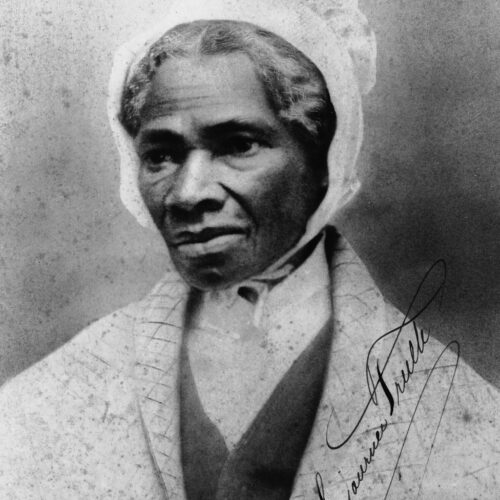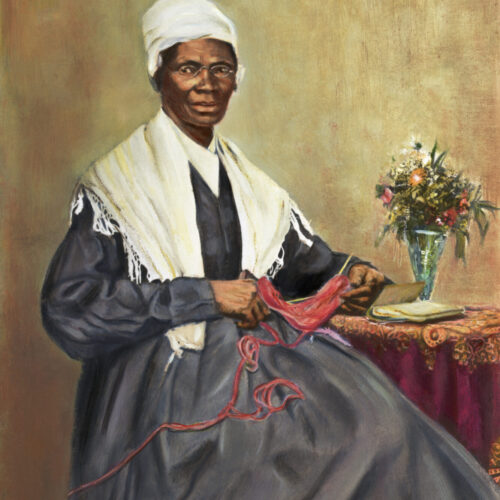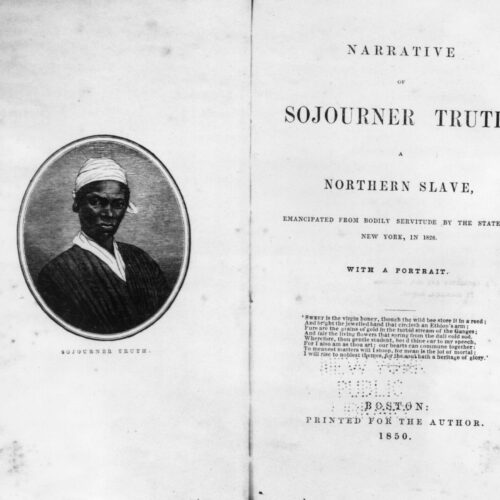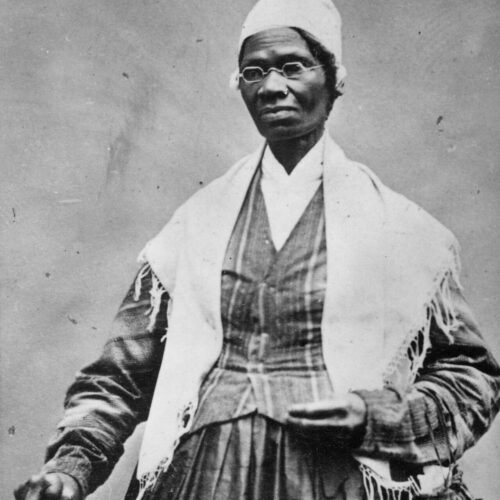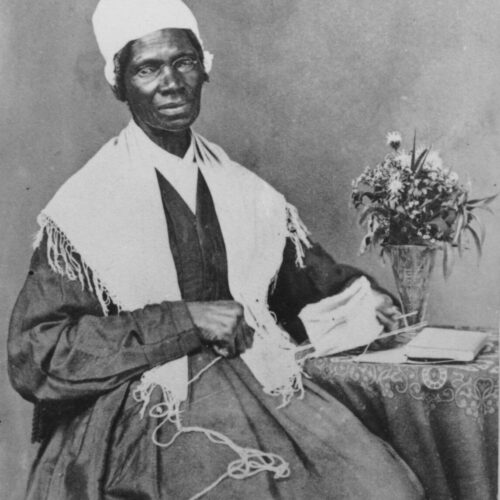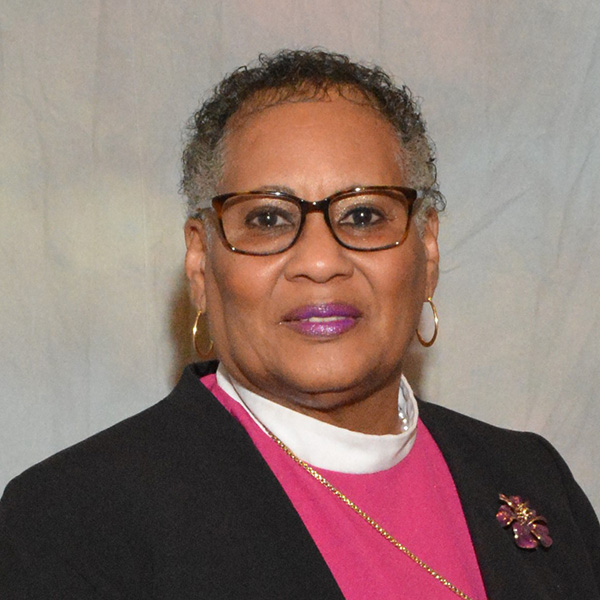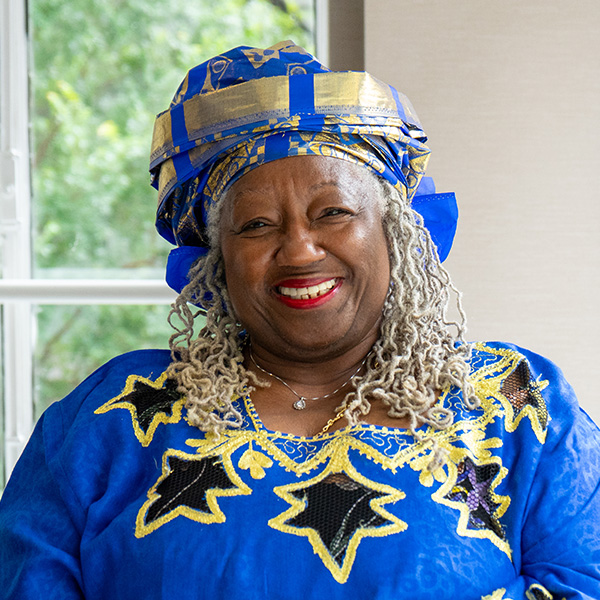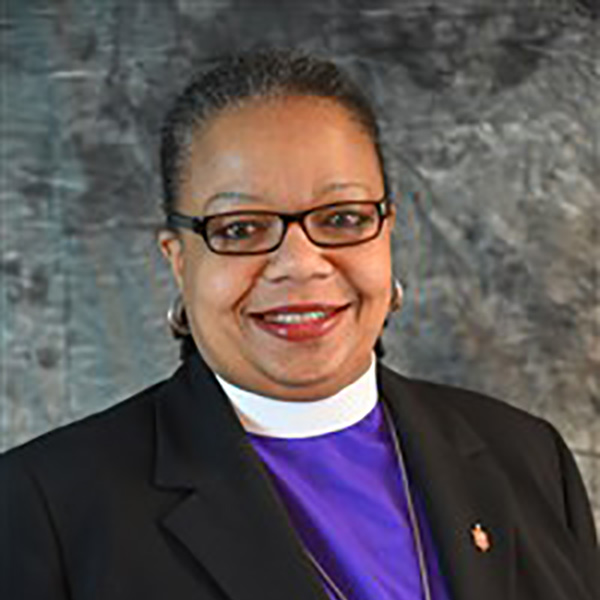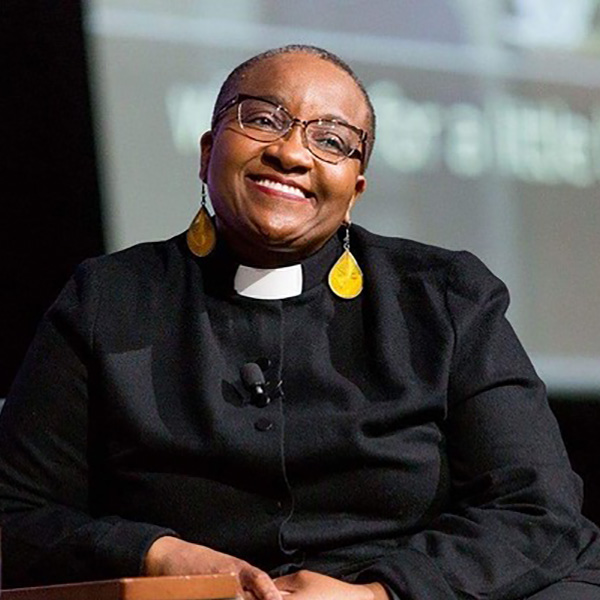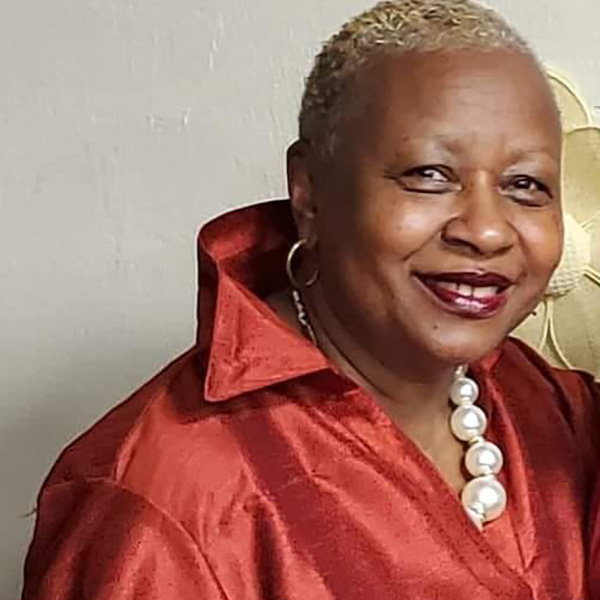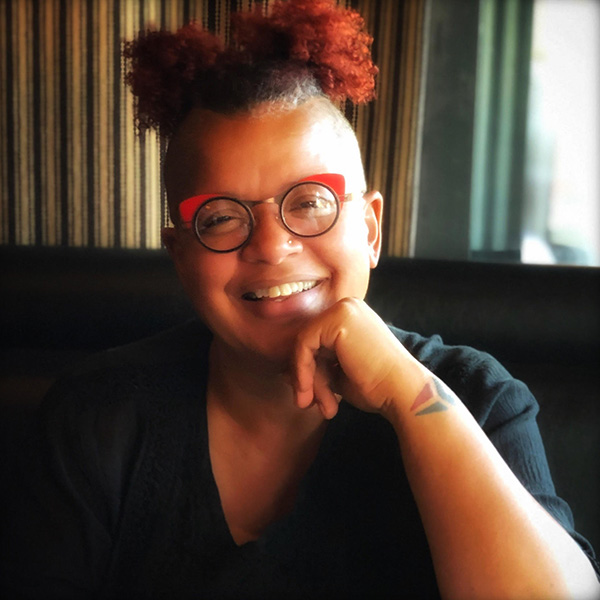Biography
Early Life
Sojourner Truth is one of the most well-known women’s rights activists of the 19th century. Her bold advocacy was foundational to the suffrage movement in the United States.
Born enslaved in Ulster County, New York around 1797, she was named Isabella by her enslavers James and Elizabeth Baumfree. She grew up speaking Dutch, the language that dominated the region, and later learned English.
As a teenager, she was married to Thomas, an enslaved man who fathered her five children.
Religious Influence
Before she was freed by New York state law in 1827, Truth was successful in petitioning a court in Kingston for her son who was almost sold to Alabama.
While in Kingston, she had a life-altering encounter at a local Methodist Church. Her conversion to Christianity shifted her worldview and became central to her life journey.
As a free woman Isabella traveled to New York City where she found community in white and Black Christian circles, including the John Street Methodist and Black African Methodist Episcopal Zion Churches.
Though her primary income came from domestic labor, she also earned income from preaching at camp meetings and mission work. By the 1840s, she received the revelation to change her name.
In Harriet Beecher Stowe’s 1863 article “Sojourner Truth, The Libyan Sibyl,” she reported the religious encounter:
“The Lord has made me a sign unto this nation…
My name was Isabella; but when I left the house of bondage, I left everything behind…so I went to the Lord an’ asked him to give me a new name. And the Lord gave me Sojourner, because I was to travel up an’ down the land, showin’ the people their sins, an’ bein’ a sign unto them.
Afterward I told the Lord I wanted another name, ‘cause everybody else had two names; and the Lord gave me Truth, because I was to declare the Truth to the people.”
As Sojourner Truth, meaning itinerant preacher, she joined the utopian group the Northhampton Association of Education and Industry in present-day Florence, Massachusetts.
There she combined her preaching of Christian doctrine with anti-slavery and women’s rights advocacy. Her tall stature and bold speaking voice made her speeches compelling to interracial audiences on widely attended lecture tours.
Civil Activism
Having moved to Battle Creek, Michigan, in the 1850s, Truth maintained her notoriety by spreading her faith and activism across New England to the Midwest.
She assisted newly emancipated Black people in Washington, D.C., in the 1860s, and created a de facto employment agency to provide them with paying jobs in new locales.
While the words of Truth’s most known speech, “Ar’nt I a Woman?” were not written down by her, the written account captures as not one that she authored or delivered, its sentiments that have been a source of inspiration for generations of Black women encountering discrimination based on their gender and race.
The famous speech was published by Frances Dana Gage in 1863 to provoke a response from white women in the women’s rights and suffrage movements who did not treat Black women or their concerns as equal to their own.
However, “Ar’nt I a Woman” continues to be synonymous with Sojourner Truth as a symbol of Black women’s feminine quest for equality and inclusion in a culturally biased society.
Her staunch commitment to her Christian faith emboldened her to share the gift of her faith and ideas with a wide variety of communities.
Her presence made such a lasting impact that Sojourner Truth continues to be a symbol of Black feminism and bold social reform.
